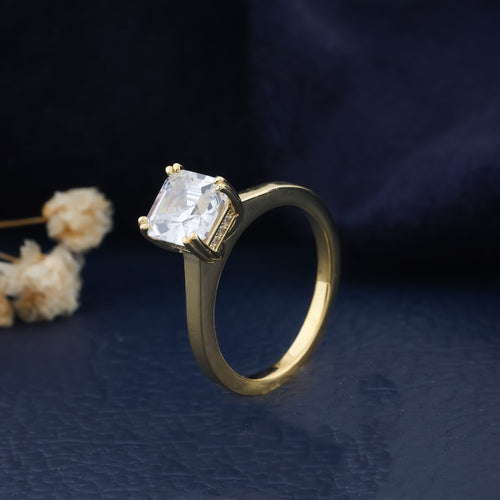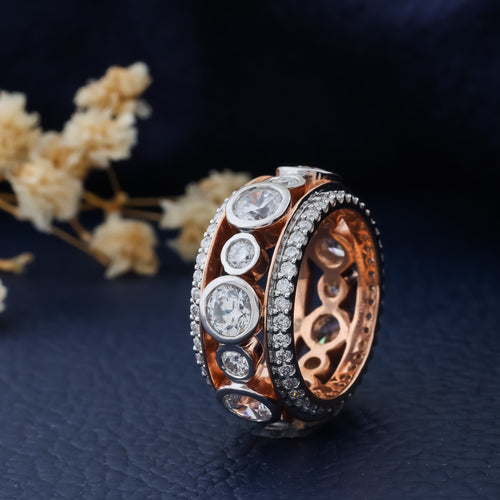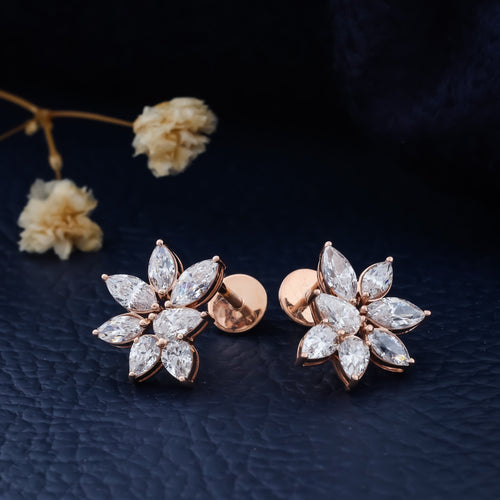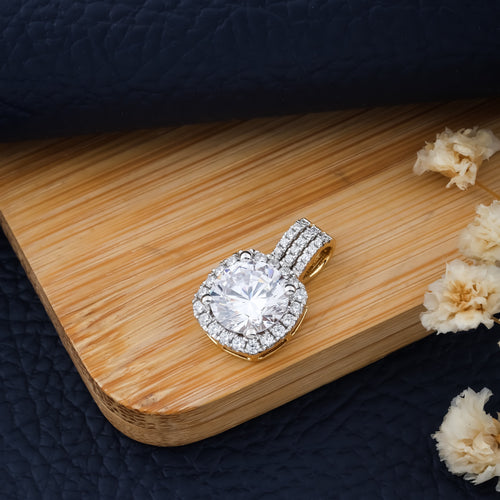What Are Gemstone?
Gemstones are naturally occurring minerals or rocks that are prized for their beauty, rarity, and sometimes durability. They are typically cut and polished to be used in jewelry and other decorative items. Gemstones can be classified into various categories based on their chemical composition, color, clarity, and other physical properties. They include both precious and semi-precious stones, such as diamonds, rubies, sapphires, emeralds, amethysts, topaz, and many others. Gemstones have been valued throughout history for their aesthetic appeal and are often associated with cultural symbolism, healing properties, and astrological significance in different societies.
















































